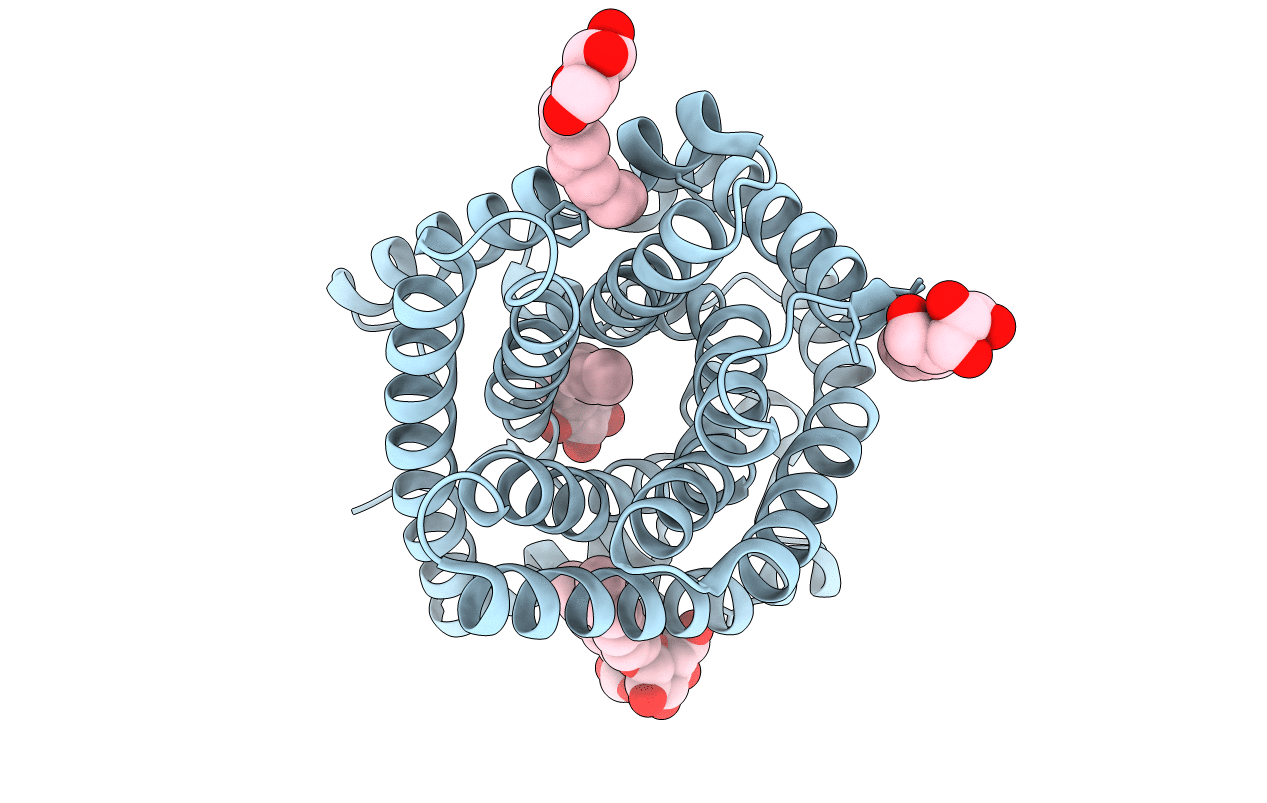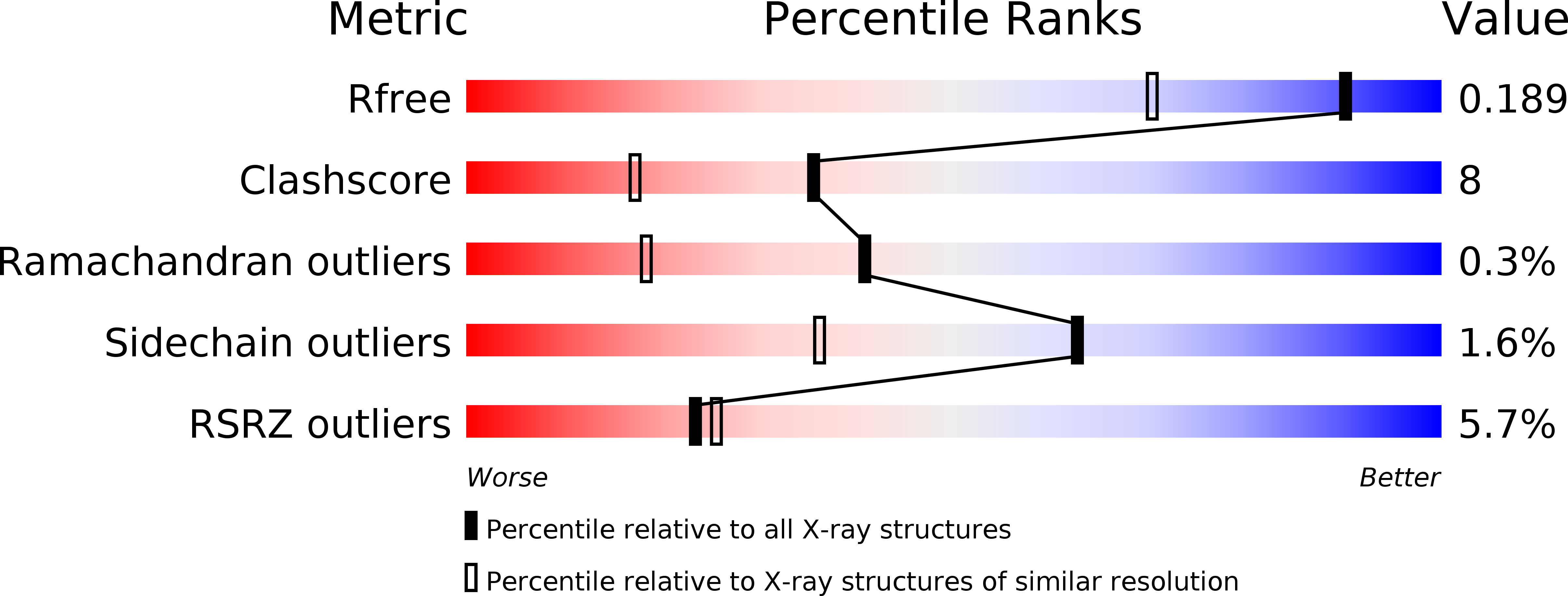
Deposition Date
2010-03-16
Release Date
2010-05-12
Last Version Date
2024-11-27
Entry Detail
PDB ID:
3M7L
Keywords:
Title:
Crystal Structure of Plant SLAC1 homolog TehA
Biological Source:
Source Organism:
Haemophilus influenzae (Taxon ID: 727)
Host Organism:
Method Details:
Experimental Method:
Resolution:
1.50 Å
R-Value Free:
0.15
R-Value Work:
0.12
R-Value Observed:
0.13
Space Group:
H 3


